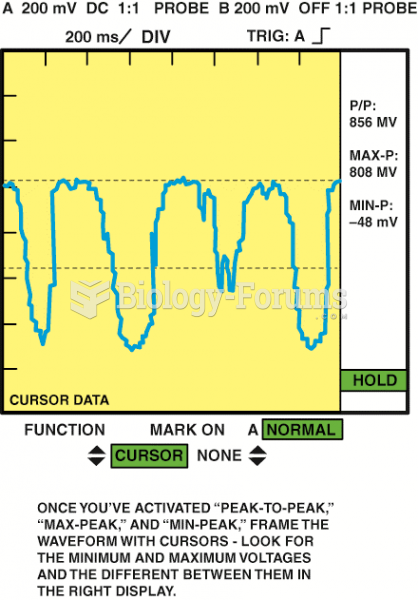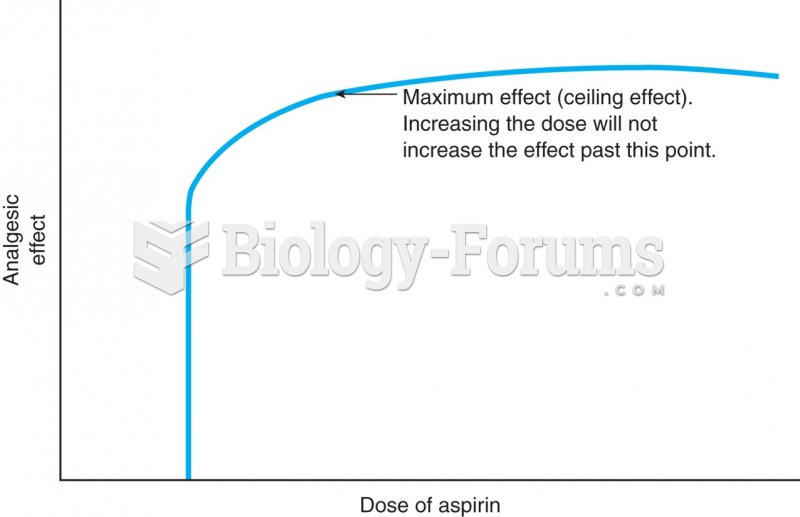|
|
|
Atropine, along with scopolamine and hyoscyamine, is found in the Datura stramonium plant, which gives hallucinogenic effects and is also known as locoweed.
The term bacteria was devised in the 19th century by German biologist Ferdinand Cohn. He based it on the Greek word "bakterion" meaning a small rod or staff. Cohn is considered to be the father of modern bacteriology.
Women are two-thirds more likely than men to develop irritable bowel syndrome. This may be attributable to hormonal changes related to their menstrual cycles.
Serum cholesterol testing in adults is recommended every 1 to 5 years. People with diabetes and a family history of high cholesterol should be tested even more frequently.
Oxytocin is recommended only for pregnancies that have a medical reason for inducing labor (such as eclampsia) and is not recommended for elective procedures or for making the birthing process more convenient.
 a) Avoid placing the face cradle too high because it hyperextends and strains the neck. b) When the ...
a) Avoid placing the face cradle too high because it hyperextends and strains the neck. b) When the ...
 Using the cursors on the oscilloscope, the high- and low-oxygen sensor values can be displayed on ...
Using the cursors on the oscilloscope, the high- and low-oxygen sensor values can be displayed on ...





